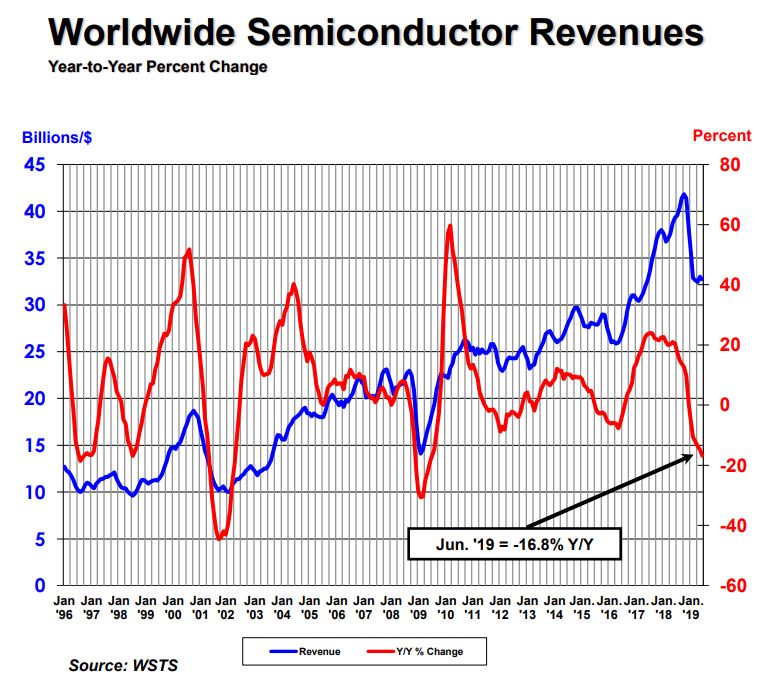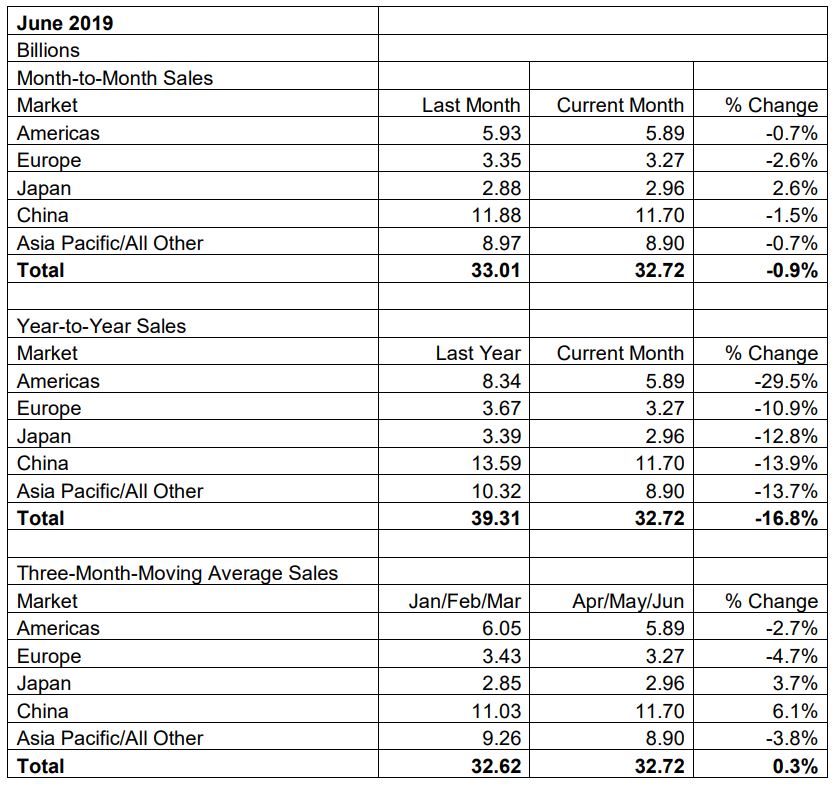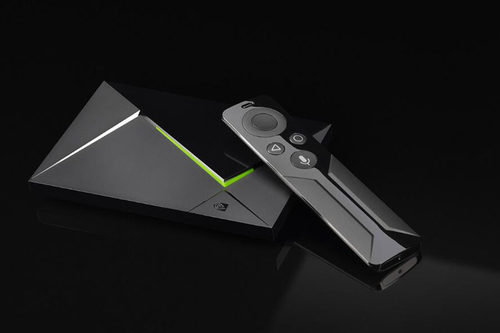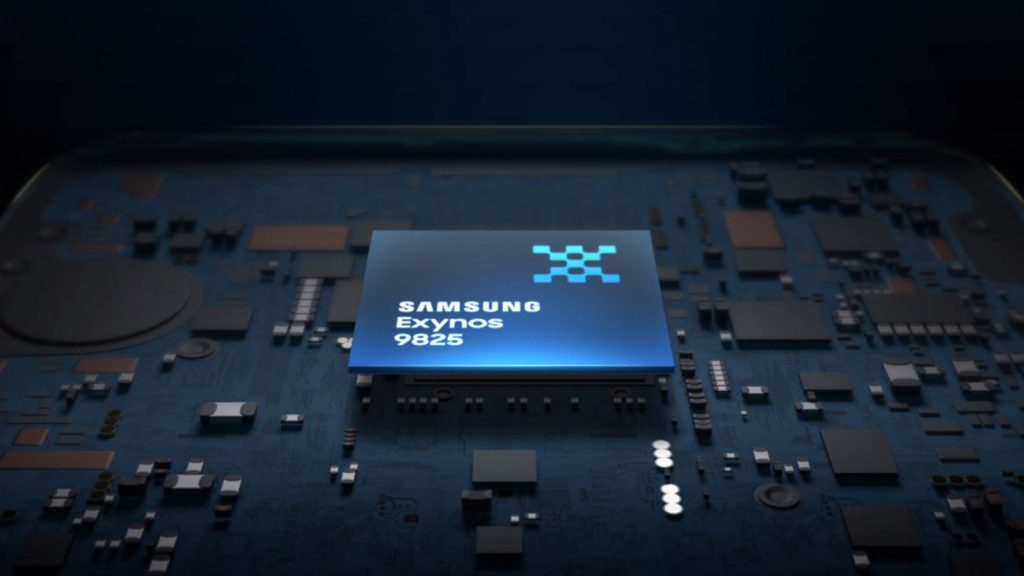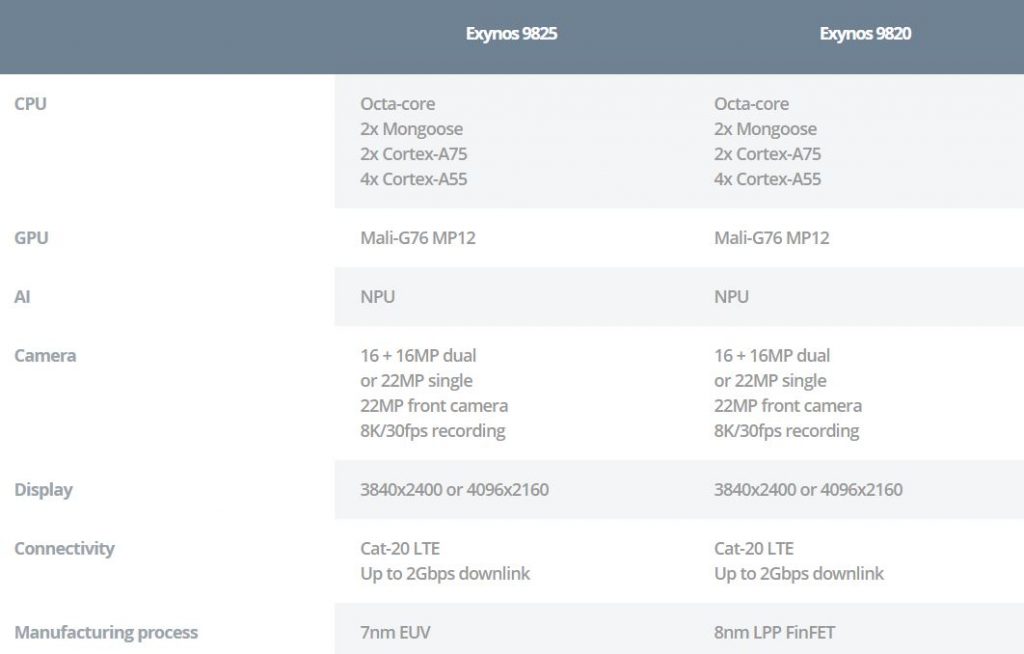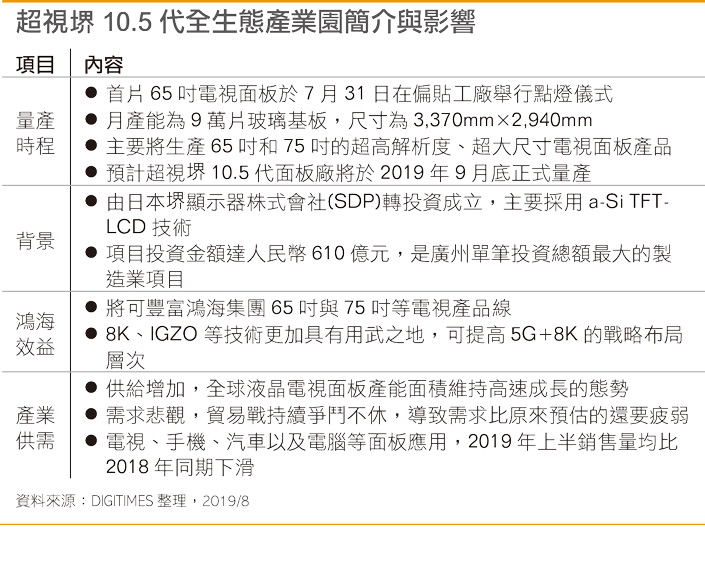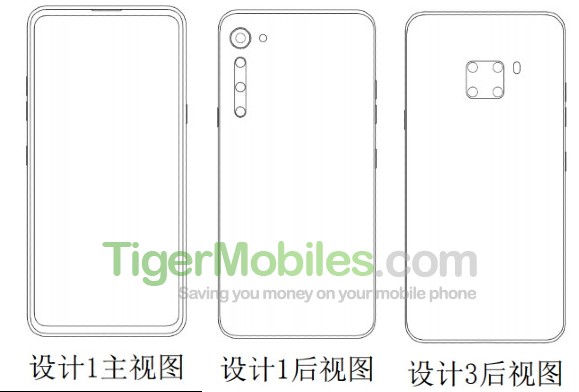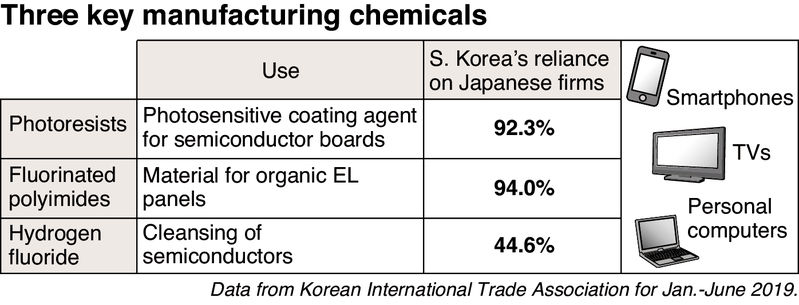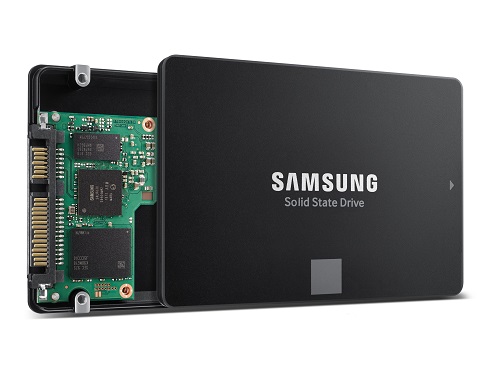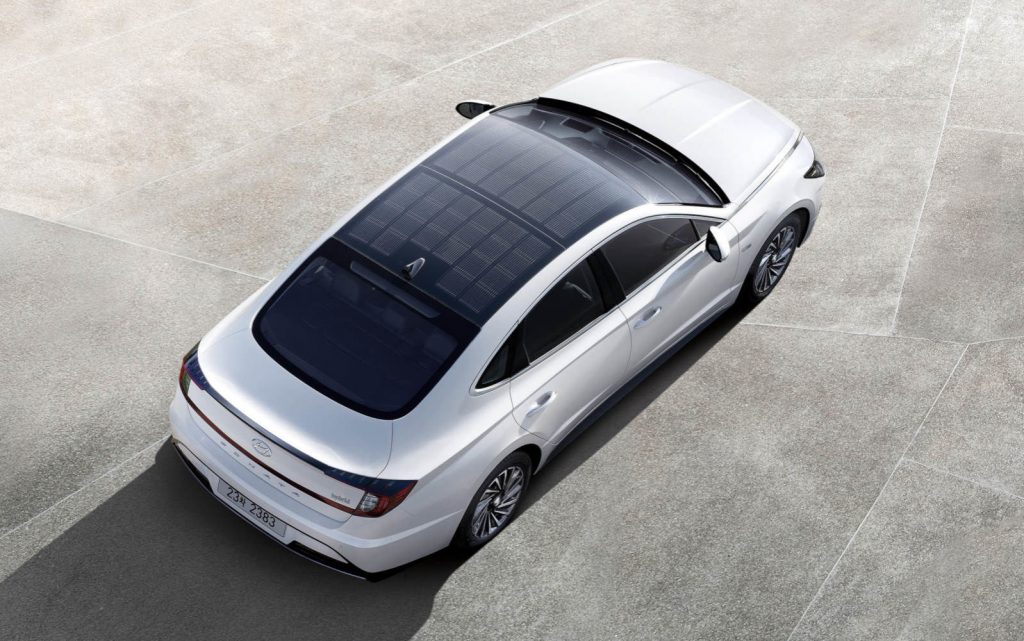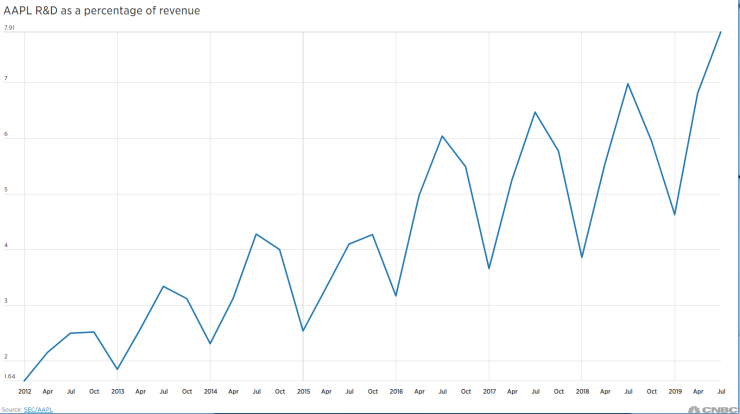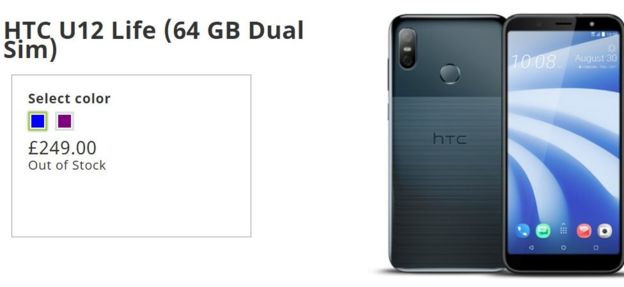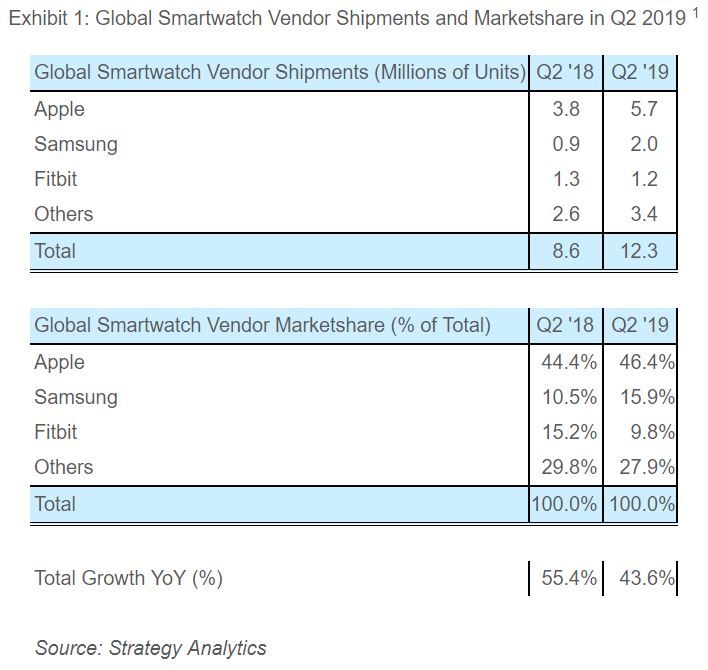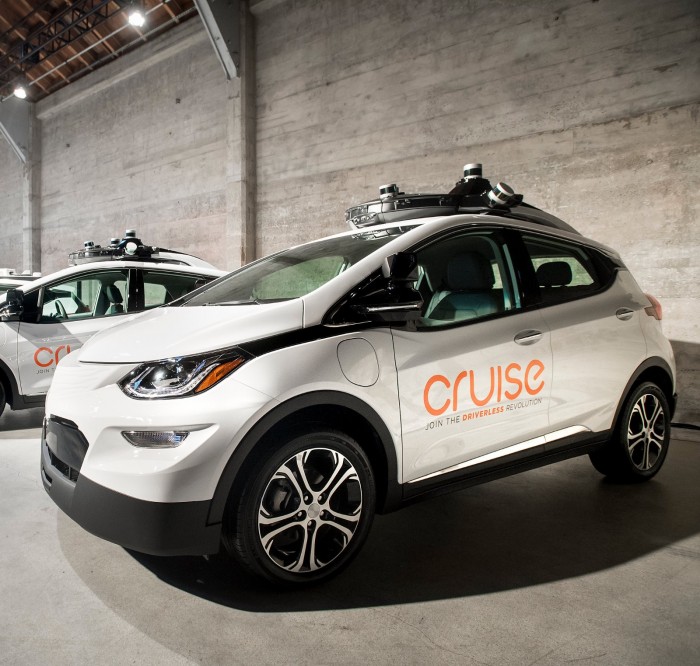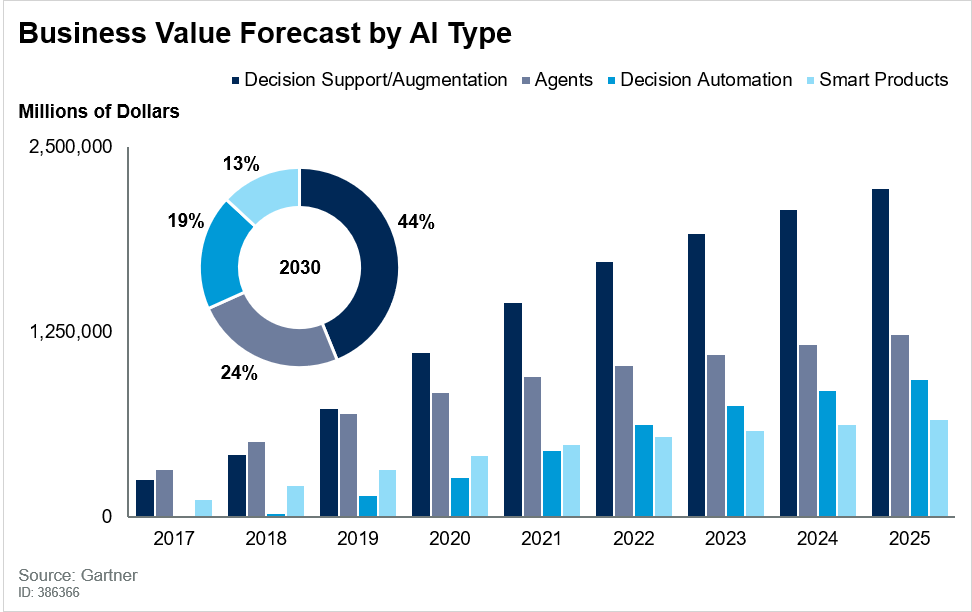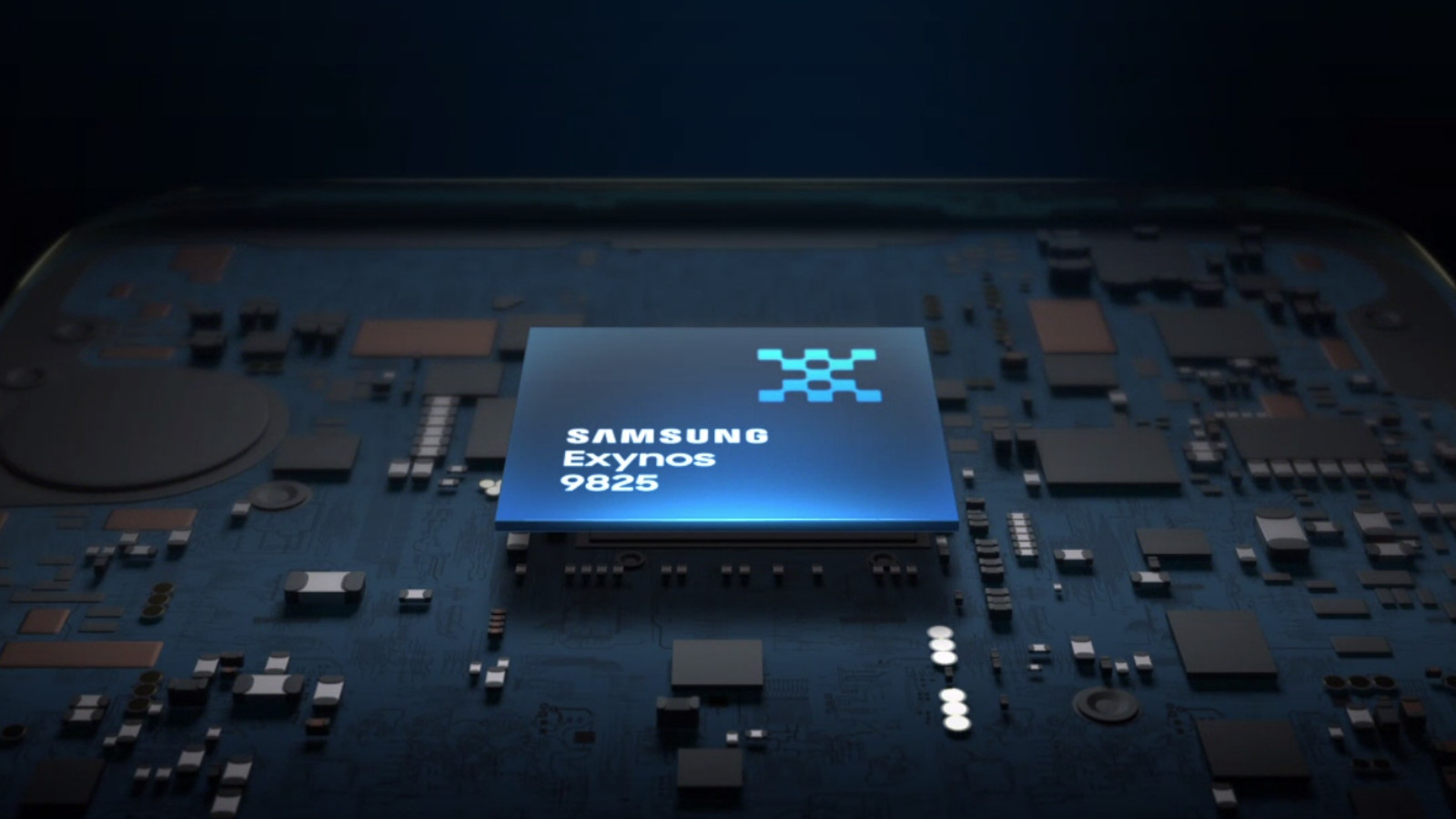
08-07: Foxconn allegedly is looking to sell its 10.5G line in Guangzhou; Xiaomi’s 64MP and 108MP camera smartphone; etc.
Chipsets
Huawei has reportedly upgraded its plan to adhere to independent R&D of chipsets. HiSilicon is currently developing a variety of chips, from a series of chips used in mobile devices, to multimedia display chips and CPUs and GPUs used in PCs. Moreover, the technologies used by the HiSilicon chips are all concentrated in TSMC’s advanced process technology below 7nm. (CN Beta, Digitimes)
According to Semiconductor Industry Association (SIA), global chip sales in 2Q19 fell to USD98.2B. This is a small increase of 0.3% when compared with the previous quarter but 16.8% less than 2Q18. Chip sales also fell by 16.8% in Jun 2019 to USD32.7B. This is the sixth consecutive month of decline. By the way, year-to-date sales during 1H19 were 14.5% lower than in 2018. (GizChina, SIA)
NVIDIA has 2 new Shield TV devices in the works, named “mdarcy” and “sif”. Code shows that “sif” will not have support for a TV Tuner or USB, but will include SD card support. The code is discovered in the recently released Android 9 Pie update for the current NVIDIA Shield TV. (Android Central, XDA Developers, Sohu)
Samsung is announcing Exynos 9825, which is the company’s first 7nm EUV silicon chip. It has plenty in common with the Exynos 9820. That means an octa-core CPU design featuring 2 custom Mongoose cores, 2 Cortex-A75 cores, and 4 Cortex-A55 cores. Other shared features include the Mali-G76 MP12 GPU, an NPU for machine learning tasks, Cat-20 LTE-A Pro connectivity, LPDDR4X support, UFS 3.0 storage compatibility, and 8K video recording. (Android Central, Android Authority, Samsung, AnandTech, CN Beta)
Samsung has announced that it is working on a new Exynos chipset coupled with AMD’s Radeon GPU. According to Samsung, this new inked relationship with AMD will bring “disruptive changes in technology”. AMD will be offering its new RDNA-based Radeon graphics architecture to Samsung as a part of this relationship. (GizChina, WCCFtech, Seeking Alpha, TechRadar, Yahoo, EBC)
Touch Display
The Foxconn Group had held talks with a few Chinese flat panel makers, including Chongqing HKC Optoelectronics and China Star Optoelectronics Technology (CSOT), for possible sale of its new 10.5G line in Guangzhou but no deal was reached, according to Digitimes. The revelation comes after an earlier saying that Foxconn was looking to sell its new USD8.8B display panel factory in Guangzhou amid waning demand for display products and intensifying US-China trade tensions. (Digitimes, press, Digitimes, press, Sohu, China Times)
Camera
A recent patent from LG suggests that the company is working on a smartphone with an under-display camera. The patent shows a full-screen device without a punch-hole or a notch. (GizChina, Tiger Mobiles)
Xiaomi reveals that the company is launching a Redmi smartphone with 64MP main camera, and working on a phone with 108MP main camera. The 64MP camera is using Samsung LSI GW1 sensor, while 108MP sensor is also from Samsung LSI. (Android Authority, Weibo, CN Beta)
Memory
Since Japan’s restrict export of semiconductor materials to Korea on 4 Jul, Korean semiconductor manufacturers have not been able to import high-purity hydrogen fluoride and photoresist materials from Japan for 1 month. SK Hynix’s remaining high-purity hydrogen fluoride and photoresist stocks remain only 1.5 months. The situation of Samsung Electronics is also similar. Although Vice President Lee Jae-yong visited Japan in mid-Jul, he did not successfully solve the problem of raw materials. (CN Beta, Korea Times, Japan News)
Samsung Electronics has begun production of V-NAND with 100-layers, an industry first, the company has announced. The 256Gb 3-bit V-NAND will be used to make SSDs for enterprise PCs and has been supplied to a global PC maker (CN Beta, ZDNet)
Battery
Hyundai Motor is launching its first car with a solar roof charging system. The solar panels are expected to charge 30%~60% of the battery per day. With 6 hours of daily charging, it could theoretically increase drivers’ travel distance by an extra 1,300 km (about 807 miles) per year. (Engadget, Auto Blog, Hyundai, CN Beta)
Phone
Apple spent USD4.2B on research and development in the quarter ending in Jun 2019, the highest quarterly amount it has ever spent on research and development. Apple’s R&D bill came out to 7.9% of its total revenue, the highest percentage since 2003. Apple is on pace to spend over USD16B on research and development in 2019. (GizChina, CNBC)
HTC has stopped selling its phones in the UK due to an ongoing patent dispute with IPCom. All HTC phones on the company’s online store are listed as “out of stock“” currently. Amazon, however, is yet to pull HTC phones from sale in the UK. (Android Authority, Android Central, BBC)
Japan’s Fair Trade Commission (FTC) has opened an investigation into Apple’s dealings with local parts makers, some of which signed contracts with Apple that could violate antimonopoly laws. (Apple Insider, Mainichi, Reuters, Sina)
PC Tablet
According to IHS Market’s Jeff Lin, the production of Apple’s 16” MacBook Pro will begin in Sept 2019 with a target volume of 39K units per month. He has hinted that the introduction of a 16” MacBook Pro would mark an end to Apple’s longstanding 15.4” model. (Apple Insider, Forbes, CN Beta)
Wearables
According to Strategy Analytics, global smartwatch shipments grew an impressive 44% annually to reach 12M units in 2Q19. Apple Watch maintained first position with 46% global smartwatch market share, while Samsung returned to second place, and Fitbit slumped to third. (GizChina, Strategy Analytics, press, Apple Insider)
Automotive
General Motor (GM) self-driving subsidy Cruise CEO Dan Ammann has indicated that the company plans to dramatically increase the number of its autonomous test vehicles on the road in San Francisco, but will not be offering rides to regular people in 2019. (CN Beta, TechCrunch, The Verge, Medium)
Artificial Intelligence
According to Gartner, in 2021, artificial intelligence (AI) augmentation will create USD2.9T of business value and 6.2B hours of worker productivity globally. Gartner defines augmented intelligence as a human-centered partnership model of people and AI working together to enhance cognitive performance. This includes learning, decision making and new experiences. (Gartner, CN Beta)
